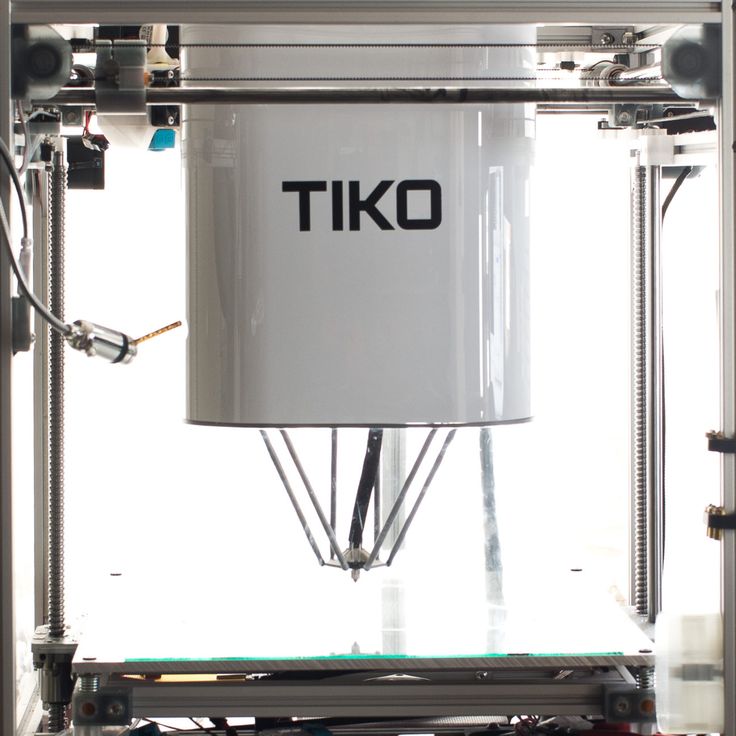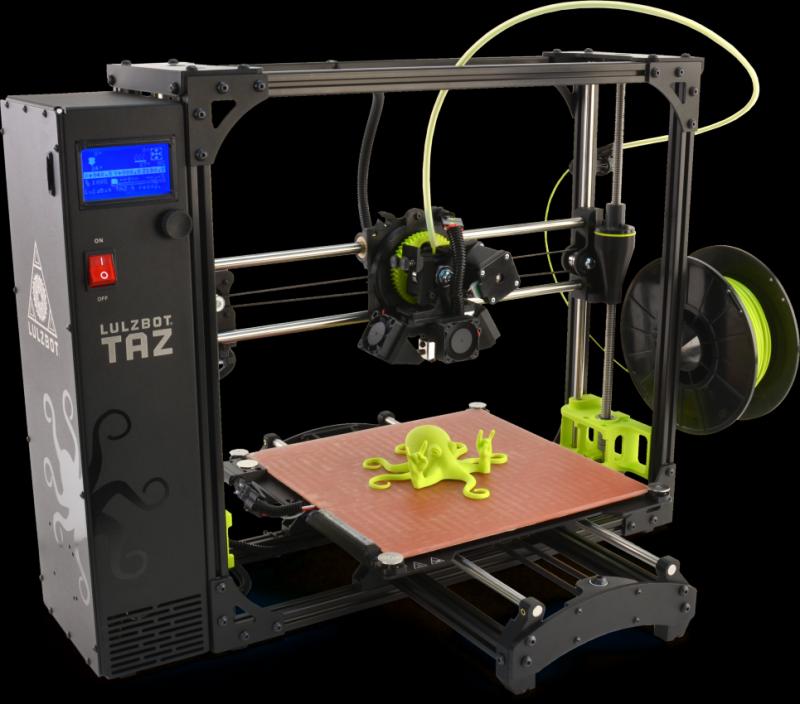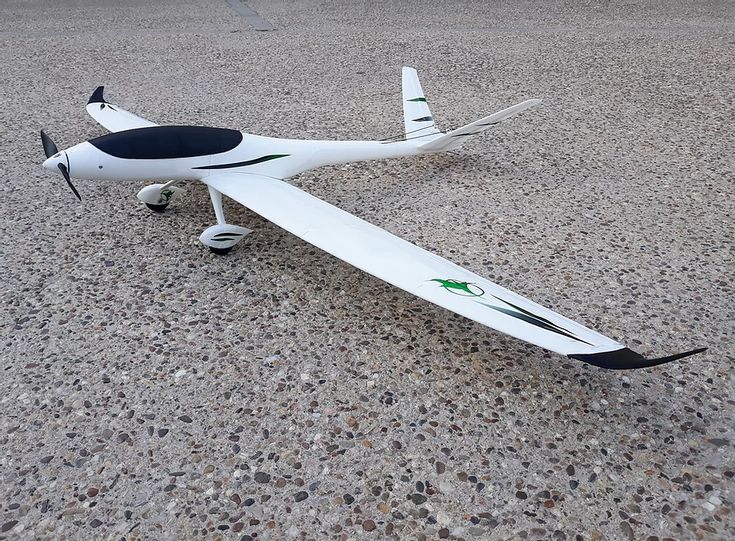3D printer asia
3D Printing Asia
1 – 3 March 2023 Guangzhou, China
More InformationIn light of the increasing demand and higher requirements for precise technologies and products in China, the manufacturing industry now gradually aims to minimise the development time and cost. 3D printing technologies therefore have become more popular within the industry, and are widely applied on complex prototyping with high precision.
The 3D Printing Asia Zone is once again one of the key components to the 2022 show’s success. Featuring a number of renowned 3D manufacturing companies in the industry, the zone helps leading manufacturing professionals with their sourcing needs, and to showcase the latest innovations and solutions of various 3D printing technologies. Some of the well-known brands include Rayshape, Raise 3D, Guangdong Additive & Subtractive Manufacturing Technology, SuZhou Solo Additive etc.
In the coming year, the 3D Printing Asia Zone will remain a key highlight of Asiamold and continue to lead the manufacturing industry by gathering international 3D printing companies, and demonstrating the technological breakthroughs and future trends in 3D printing, rapid prototyping, CAD/CAM software development, reverse engineering and more.
Exhibitors' comments
I think the market positioning of Asiamold is very good and practical as you can see the merger between 3D printing and traditional craftsmanship here. The fair brings the plastic moulding and 3D printing industry together, which provides a window for us to enter the industry. The show is extremely vital to the South China Region as moulding is always the crux of advanced manufacturing.
Asiamold has a close connection with Formnext and we are frequently there, so it makes sense for us to exhibit here too to capture the Chinese market.
A lot of people in the industry talk about this fair, It’s clearly a very important fair for the South China market. Overall we’re positive about our participation as we made quite a few contacts already just on day one. Based on the feedback from the first day we’re happy, and we’ll have a good contact list to follow up with by the end of the fair.
We’ve meet Gree here before, so we know the big buyers attend this fair. We know buyers such as this are looking to buy domestic printers, so we’re confident they’ll use our products too. This is an important fair in China, the application of 3D printing is so wide nowadays, and this fair attracts a similarly wide range of buyers. Day one of the fair we had a good amount of buyers visit our booth.
This was 3D Printing Asia
We have many impressions of products, events and encounters. Here you will find a selection of pictures of the 3D Printing Asia.
Column - Medical 3-D Printing Update in Asia
Globally, according to a number of estimates, the healthcare 3-D printing industry is forecast to be worth about $3 billion by 2024 with a growth rate of about 20% per year. With the rise of personalized precision medicine, medical 3-D printing technology, which creates three-dimensional medical equipment from digital models, has made significant contributions to the healthcare industry. While some 3-D printed medical devices are built from a standard design that enables the creation of multiple copies of one device, other devices are classified as patient-specific devices, created from imaging data of a specific patient. Customization of products usually results in sharp price increases, but 3-D printing technology has led, in some cases, to large costs reductions. Examples of 3-D printed medical devices include assistive tools for surgical procedures, tissue constructs, implants, and prostheses such as hip joints and prosthetic limbs.
Although North America holds the largest share of the medical 3-D printing market, Asia is expected to experience the most rapid growth. Thanks to the growing demand for customizations of surgical implants and increasing investments in research and development, the Asia Pacific region is estimated to witness fast expansion of the healthcare 3-D printing market with the CAGR of 25% over the next 5 years.
A common theme across Asian countries where medical 3-D printing has considerable potential is favorable support from the local governments as well as collaboration between 3-D printing companies and research institutes.
China has adopted the cutting-edge 3-D printing technology at a rapid rate and is starting to catch up with the West. With the largest population in the world (nearly 1.4 billion people), China still faces a shortage of healthcare professionals. 3-D printing technology enables the use of customized devices and implant guides, simulation of procedures on 3-D printed models, training of young doctors, etc. , which in turn speeds up and standardizes procedures.
, which in turn speeds up and standardizes procedures.
The Chinese government supports the industry by outlining goals for innovation of 3-D printing in the National 3D Printing Industry Development Promotion Plan that was released in 2015. In 2017, another government initiative aimed at growing the value of Chinese 3-D printing companies was implemented. In 2018, the first 3-D bioprinting center came into operation to be used in support of the regenerative medicine field. Collaboration between Shanghai Children’s Medical Center and the Belgian 3-D printing company Materialise, has helped families from rural regions in Western China obtain free medical care for children with heart diseases. Without this charitable initiative, these families would have had to pay close to 100,000 RMB (around $15,800) for a heart operation. In addition, the first pediatric 3-D research center was established in China thanks to this collaboration.
Similarly, Singapore began a new policy initiative with a $29 million investment in one of the largest 3-D printing centers established at the Nanyang Technology University. Another investment of around $20 million from the Singapore Economic Development Board helped open a research center with a focus on applications of 3-D printing in the biomedical field at the National University of Singapore. These government investments have led leading foreign 3-D printing companies to choose Singapore as the best destination for research and development. In 2018, Evonik Industries, Germany’s second largest chemicals company, announced its plan to open a 3-D printing research center in Biopolis, Singapore’s renowned location for biomedical sciences research.
Another investment of around $20 million from the Singapore Economic Development Board helped open a research center with a focus on applications of 3-D printing in the biomedical field at the National University of Singapore. These government investments have led leading foreign 3-D printing companies to choose Singapore as the best destination for research and development. In 2018, Evonik Industries, Germany’s second largest chemicals company, announced its plan to open a 3-D printing research center in Biopolis, Singapore’s renowned location for biomedical sciences research.
Singapore seeks to further strengthen its strength in medical 3-D printing by initiating collaboration between Singapore’s National Additive Manufacturing Innovation Cluster and Taiwan’s China Medical University, which led to the establishment of the 3D Printing Medical Research Center—Asia’s first medical 3-D printing industry team that takes up the entire chain of activities from R&D work to clinical applications. Taiwan’s largest 3-D printing company, DETEKT Technology, Inc., derives 60% of its revenue from the medical sector, as it provides clients in this sector with 3-D printed surgical guides and implants.
Taiwan’s largest 3-D printing company, DETEKT Technology, Inc., derives 60% of its revenue from the medical sector, as it provides clients in this sector with 3-D printed surgical guides and implants.
A world leader in technological innovations, Japan holds a competitive edge when it comes to medical 3-D printing. In 2015, Japan’s New Energy and Industrial Technology Development Organization in Kanagawa announced its $30 million investment in the development of 3-D printing mechanisms for the highly sophisticated concept of human tissue regeneration. According to Japanese tissue engineering experts, 3-D printing technology will pave the way for the further growth of regenerative medicine thanks to its ability to create human tissue in a cost-efficient manner. In 2016, Japan’s Central Social Insurance Medical Council announced that the Japanese medical system would cover the cost of 3-D printed organ models, which are used to assist doctors in surgeries. This policy not only helps patients obtain advanced medical care at reduced costs but also grants 3-D printing companies in Japan access to a larger population of patients in need of customized medical devices and facilitates technological innovations. Recent 3-D printing innovations by Japanese companies include ultra-realistic models of lungs, liver, bones and human skin.
Recent 3-D printing innovations by Japanese companies include ultra-realistic models of lungs, liver, bones and human skin.
In 2020, the Korean government announced its plan to lead international standardization of medical 3-D printing through collaboration with foreign institutes and medtech professionals. If approved, Korea’s proposal will become standard for the manufacturing process of patient-specific 3D printed medical devices. Korea’s Ministry of Food and Drug Safety (MFDS) has explored a fast-track evaluation process for medical devices that use state-of-the-art 3-D printing, robotics, and nanotechnology. This separate evaluation track will allow local and foreign companies with advanced 3-D products to enter the market earlier than their competitors.
Despite its numerous clinical benefits, there are challenges that the Asian healthcare 3-D printing industry has yet to overcome. Most countries in Asia do not have clear regulatory guidelines with respect to 3-D printed medical devices yet, so approvals can lag. The lack of qualified workforce coupled with the rapid rate of technical development has led to a knowledge gap between research and medtech commercial applications. The high cost of setting up and maintaining 3-D printing healthcare manufacturing facilities is a key obstacle for small and mid-sized Asian companies that want to enter the 3-D printing medical market.
The lack of qualified workforce coupled with the rapid rate of technical development has led to a knowledge gap between research and medtech commercial applications. The high cost of setting up and maintaining 3-D printing healthcare manufacturing facilities is a key obstacle for small and mid-sized Asian companies that want to enter the 3-D printing medical market.
Nevertheless, thanks to supportive government policies, there have been rising investments in R&D for medical 3-D printing in Asia. Through international collaboration, research institutes and medical companies have been able to bring highly advanced treatments to patients at reduced costs and time. 3-D printing has the true potential to disrupt the healthcare industry not only globally, but also in the Asia-Pacific region.
Related Articles
-
The University of Central Florida and Limbitless Solutions partner to develop the technology and move it into commercialization.
-
The adoption of this manufacturing process in healthcare saw a tremendous uptick in 2020.

-
Cost justification and lack of material compatibility continue to create hurdles, but industry stakeholders have been coming together to help drive innovation.
-
New technologies are enabling more effective product development, better clinician training and detailed surgical planning.
3D Printing Asia 2023 - international 3D printing exhibition on Expomap.ru
receive announcements
Our services
Online eventsConferences
Event news
- 2022: words and thoughtsDecember 30, 2022
- EXPOMAP CEO Evgenia Sablina became a guest of the sixth edition of the EVENT ADVENT 2.022 December 2022 900 December 21, 2022
HomeExhibitionsChinaGuangzhou 3D Printing Asia 2023
63968124
I plan to visit Scheduled
Event reminder
- IT, communications, communication (152)
- Science and innovation (48)
- Industry (255)
Innovative technologies, Modeling, 3D printing
ParticipateFind a hotel
Exhibition scale:
Exhibitors:
124
Visitors:
63968Also recommended:
3D Printing Asia 2023 will be held from March 1 to 3 in Guangzhou, China.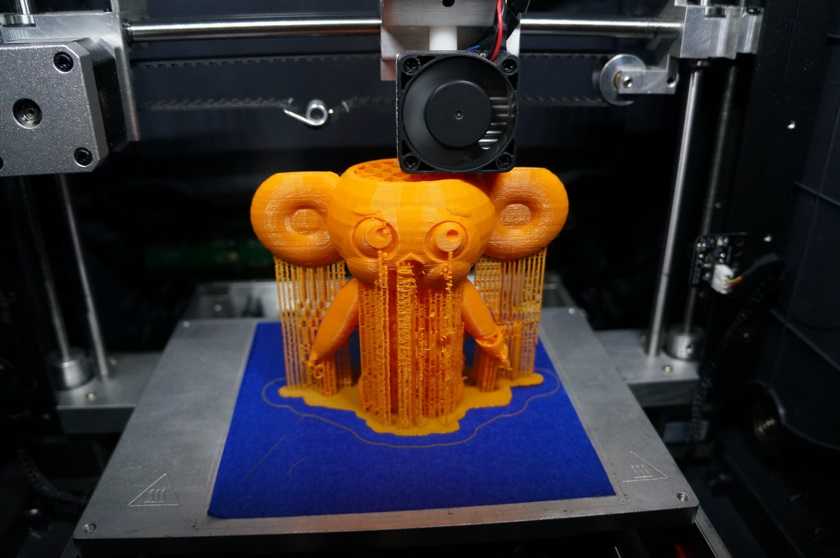
You can see the exhibited products and sections of the exhibition below, in the "Additional Information" section. The full list of 3D Printing Asia 2023 participants is posted on the official website of the exhibition and is constantly updated. You can also find exhibitors from the previous year there. The business program of 3D Printing Asia 2023 is usually published closer to the start of the event. nine0018
Your personal calendar
Add 3D Printing Asia 2023 to your calendar so you don't miss out on an important event. Create your own event schedule.
Planning a solo trip to 3D Printing Asia 2023?
How to get to the China Import and Export Fair Pazhou Complex can be found in the location directory or on the site's official website. Also use Google Maps, which allows you to build routes using public transport. Do not forget to check the place and dates of the exhibition on the official website and in the calendar of the exhibition complex. The event can be rescheduled, canceled, combined with a similar project. Please note that Expomap is not the organizer of the event and is not responsible for any inaccuracies in the information provided.
Please note that Expomap is not the organizer of the event and is not responsible for any inaccuracies in the information provided.
Additional information and services:
- Find the hotel
- Exhibited products:
- 3D printers and equipment for 3D printing
- Organizer:
- Messe Frankfurt
- Web-Site: Web Site:
History:
- 2022
- 2021
- 2020
Plan to be at 3D Printing Asia 2023
No one has checked in at the event yet.
All visitors
I plan to visit
Other exhibitions you may be interested in:
See also:
Guangzhou exhibitions Exhibitions in China communication" in Guangzhou
Best models for 3D printing Asia・Cults
Deco wall with dragon
1 €
3D printed lucky money bag
3.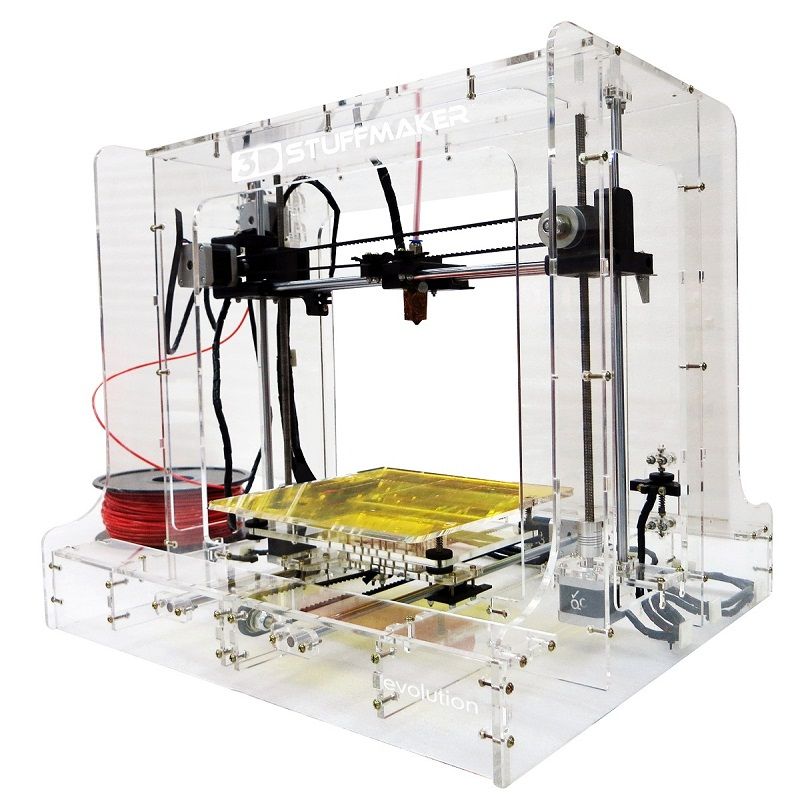 99 €
99 €
Buddha statue
3 € -10% 2.70 €
Hello Kitty Mug 3d Print-Ready Model
20 €
Asian Stencil Letters
Free
LEXUS LX 600 2022
7.99 €
LEXUS LX600 2022
14.99 €
lion dance
0.88 €
Post office building in Manila 3d model
2 €
Manila Cathedral Tower 3d model
1.50 €
Kung Fu Panda 3d model
5.68 €
Emblem of the Korea Football Association
14 €
Ashigaru Musket Regiment
3. 76 €
3.95 €
Yin-Yang bowl for incense sticks
€0.59
Wutteo Astronaut BTS Jin
2.17 €
3D printed head of the Dharma Buddha
2.99 €
Chinese stone bridge 3D printed model Low poly 3D model
8 €
Bamboo forest miniature base
5.65 €
Lexus LX600 2022
15 €
Taj Mahal from India
Free
3d art canvas Pirate Geisha
2 €
3 wise (monkeys) late
€2. -25% 2.09 € 78
3D printed head of the Dharma Buddha
2.99 €
Nunchaku
0,50 €
Yin yang pendant
1.88 €
Type 14 Nambu
20 €
chopsticks for beginners
1,50 €
Desk organizer "Chinese dragon" - print on site
4,90 €
Rhino
5 €
Kaus Yue Minjun
6.11 €
Gyr Bull 3D print model
14 €
Japanese woman by Any3d
Free
Yin yang 3D print model
1.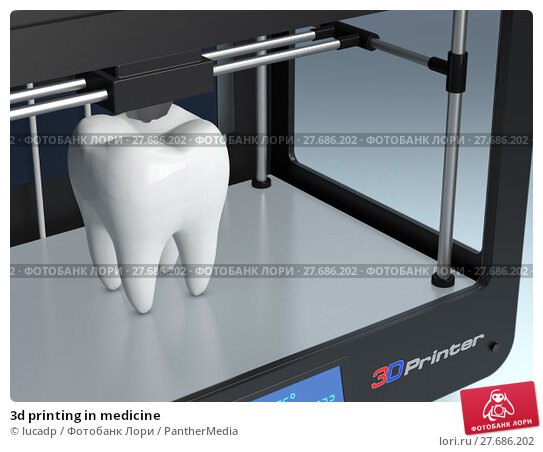 88 €
88 €
Elephant
29.99 €
cookie cutter Elephant Africa, Asia, India, Russia, Animals
0.62 €
cookie cutter camel stock illustration Adventure, Animals, Asia, Blue, Cultures
€0.62
Cookie cutter Camel stock illustration Adventure, Africa, Animals, Asia, Blue
0.62 €
I love Taiwan
Free
Dragon Pillar and Lion Guardian
15 €
7 continents of the world - cutter set
3.85 €
Samurai helmet
23.49 €
Tiniverse: Sumotori
12.50 €
Sumo wrestler
Free
Kanchenjunga (India)
0.







